Are you using the right toothbrush for your teeth? That may not be something that you’ve thought a great deal about, but using the right one can help you to brush more effectively and even avoid damaging your teeth and gums.
Unfortunately seeing as toothbrushes nowadays come in many different shapes, sizes, and types it can be difficult to choose among them. In many cases you may not even know where to start – but that’s something that this short guide can help make a little bit easier.
Contents
Types of Toothbrushes
The first thing that you want to consider when choosing a toothbrush is the type that you prefer. Generally speaking, they nowadays come in three main types:
1. Electric toothbrushes
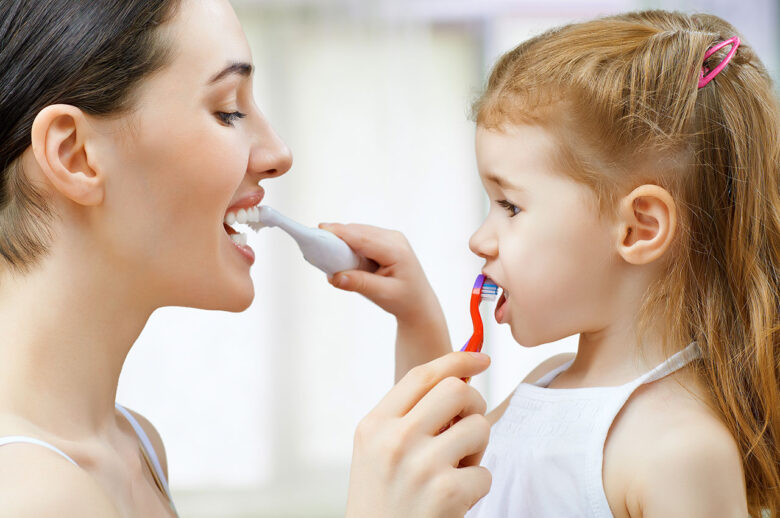
Source: kwdentalemergency.com
Essentially electric toothbrushes are battery-powered brushes that have bristles that oscillate or rotate to clean your teeth. Some have various other features too, such as pressure indicators, timers, and different speed modes.
Because they oscillate on their own, electric toothbrushes do most of the work for you when brushing your teeth. All you need to do is place them in the right position and they’ll effectively remove plaque from that area.
The only real downsides of this type of brush is that they are generally more expensive than manual and need to be charged periodically or have their batteries replaced. Still, many dentists nowadays recommend them due to how effective they are.
2. Manual toothbrushes
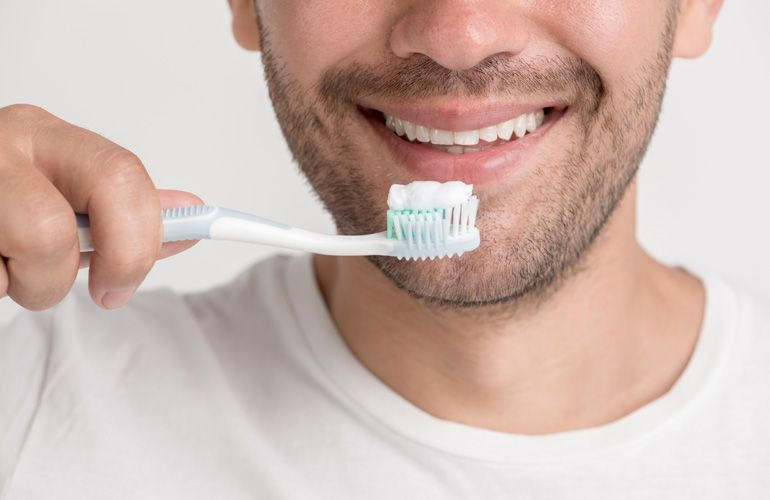
Source: dentalhousemi.com
While electric toothbrushes are effective and quite popular, most people still opt to use conventional, manual brushes. That is partly due to the fact that they are much cheaper, but it is also because they do have other benefits of their own.
The main advantage of manual toothbrushes is that you will have full control over the pressure that is applied and speed of the strokes when brushing your teeth. If you have sensitive teeth or gums this can help to ensure that you don’t accidentally injure them.
Another plus point is that they are far more convenient. You don’t need to worry about charging or replacing their batteries – and you can find replacements practically anywhere.
All in all while these toothbrushes may not be as ‘high tech’ as their electric counterparts, they definitely still have a lot going for them.
3. Sonic toothbrushes
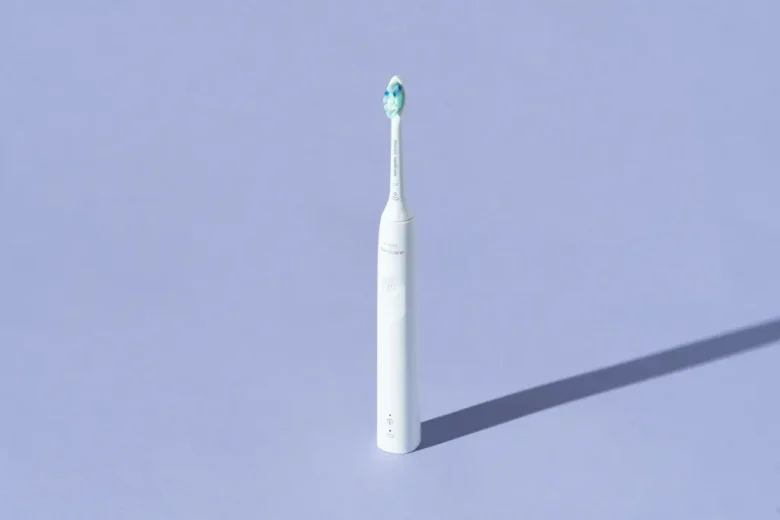
Source: nytimes.com
Technically sonic toothbrushes are a type of electric brush as they run on electricity and the bristles oscillate to clean your teeth. The main difference between sonic and it is the rate at which they vibrate, with the former being much higher than the latter.
Because it vibrates more quickly, sonic toothbrushes are more effective than electric at cleaning your teeth. It is said that the high speed of sonic brushes creates small bubbles that make them able to scrub away plaque especially in areas that are difficult to get to – such as the gumline.
Of course despite their advantages, sonic toothbrushes have one main disadvantage: Cost. As you may have expected, these toothbrushes are more expensive than normal electric toothbrushes – making them the most expensive type.
By this point you’ve probably noticed one thing: It really doesn’t matter all that much which type you choose. Yes, sonic and electric toothbrushes are more effective than manual toothbrushes – but they are more expensive too.
If you can afford one it may be worth investing in a sonic toothbrush, or a normal electric one if you want to spend less. But if you don’t want to splurge, a regular manual brush can clean your teeth just as effectively as long as you’re thorough.
Factors to Consider
Aside from the type of toothbrush, there are other considerations that can help you to choose the right one. The main factors that you’ll want to bear in mind are:
-
Bristle stiffness
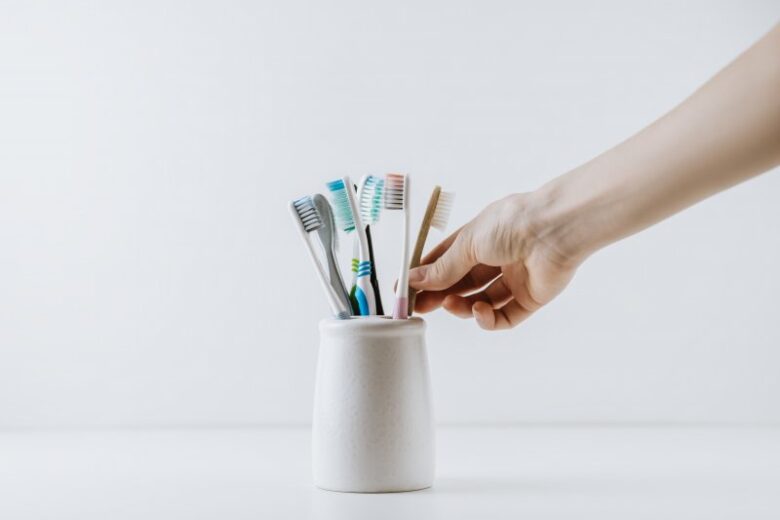
Source: drgsmiles.com
For most toothbrushes you can find several different stiffness types namely hard (or firm), medium, medium-soft, soft, and extra soft. Typically it is easiest to find the last three, as they are the ones any Belfast dentist as well as dentists elsewhere would recommend.
The reason medium-soft, soft, and extra soft bristles are recommended is because too much pressure and firm bristles can harm your gums when brushing. In general you should try soft toothbrushes first, then medium-soft if you want something slightly firmer, or extra-soft if you would prefer something less firm.
-
Handle
The toothbrush handle can have a big impact on how easy it is to brush your teeth thoroughly. Try to find one that has a good grip and that lets you angle to reach every corner of your mouth without hitting the opposite side of your jaw.
-
Brush head
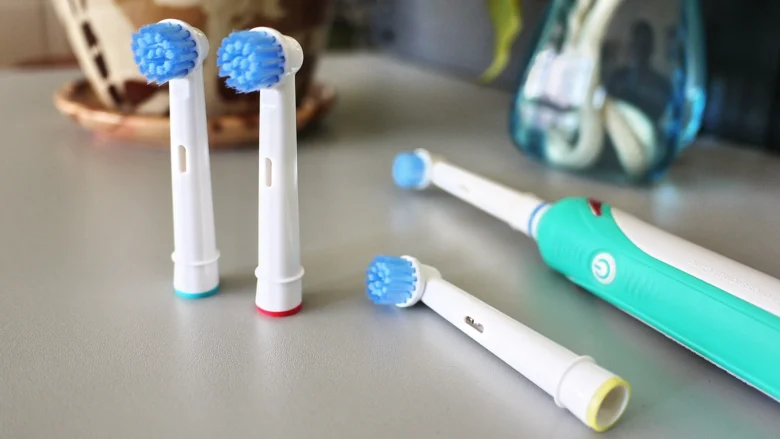
Source: expertreviews.co.uk
Brush heads come in several different shapes and sizes, though for the most part electric toothbrushes use circular heads while manual use rounded mechanical heads.
It is important to choose a brush head that lets you reach the further areas and tight spaces between your teeth and jaw. If you can’t do that without causing discomfort then odds are you need a smaller brush head.
-
ADA seal
Last but not least, you should always only choose toothbrushes that have the American Dental Association (ADA) seal of approval. It is essentially a guarantee that the brush complies with safety and efficacy standards.
To sum it all up – feel free to choose whatever type you prefer, but after you do, take the time to carefully select the right bristle stiffness, brush handle, and brush head so that you can effectively clean your teeth with it. Also always check that the toothbrush you’re looking at is approved by the ADA to avoid any unwanted complications.
Following this guide is easy enough and should let you quickly find the right one without too much hassle. If at any point you aren’t sure whether or not the toothbrush you’re interested in is good enough, just ask your dentist about it the next time your regular appointment is scheduled.
